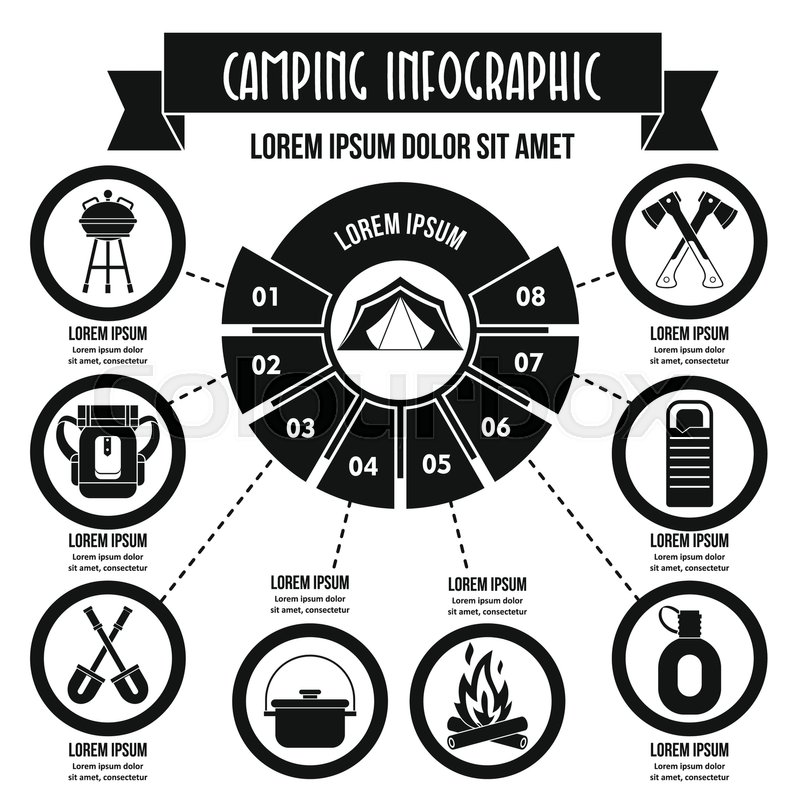For ounce counters, risks are a prime location to economize. Many stake collections feature a things sack that makes them easy to pack and shield.
They can conveniently penetrate softer, sandy soils and yearn duff however have problem with rocky terrain. Their blunt ends take advantage of using a club.
Hook Risks
Basically long needles with a point on one end and a flattened head at the other, pin stakes are basic yet reliable. They function well in hard ground where it's challenging to drive in longer stakes and do particularly great in rough surface, as the idea can function its means in between hidden rocks. Some variations (like Sea to Top's Ground Control risks) have three notches for individual lines, which lower leverage and improve holding power.
A common option to shepherd's hook risks, plastic utility stakes commonly have a Y-shaped shaft that will not turn in the dirt and often tend to be longer than hook stakes. They're solid and durable enough for moderate use, though they are fragile if you try to hammer them into rock or tough soil. They also require to be tilted adequately to avoid the man line from slipping off if it ends up being relaxed in time (knotting it around the shaft two times can assist). Length: Longer stakes portable dirt over a better deepness and quantity, which can increase total frictional resistance.
Nail/Pin Stakes
Nail stakes have a pencil factor for very easy driving into clay, rock, or compressed dirt. These stakes are also more durable than timber risks and do not splinter. They are normally utilized in building, fencing, and disintegration control tasks.
These risks have 12 spirally arranged toenailing openings one inch on center providing each risk with 24 prelocated nail access points making them easy to use and fast to mount. This nailing style gets rid of splitting, twisting and splintering boosting employee safety and eliminating shed labor time.
They are typically used in concrete creating to protect lumber or metal concrete kinds and in flatwork applications. They are likewise a popular choice for affixing screed bar holder secures in flatwork completing, string line guides, safeguarding landscape lumbers and checking risks. They are made from chilly rolled U.S. made device steel for additional toughness and longevity. They have rainfly a typical life 2 to 3 times that of competitors warm rolled stakes.
V Risks
Numerous outdoor tents risk designs exist, varying from easy light weight aluminum and titanium round risks to carbon-fibre ones created for a range of surface. Choosing the appropriate stakes relies on camping tent kind, camp site area and ground density.
As any kind of stake is driven into the ground, it displaces some dirt along its length. The displaced dirt compacts the soil quickly adjacent to the risk and assists to raise its stamina.
Risks with a v-shaped random sample (like MSR's Ground Hog Y risks or Sierra Designs FL risks) are much more sturdy than hook stakes without including much weight, and they also have a practical notch for the guy line. Nevertheless, they might lack as much holding power in tough or rocky ground. In such situations, angling the risk closer to upright can help. This makes best use of the chance that a drawing pressure will get to compacted layers of soil, raising the risk's resistance to being taken out. In a similar way, longer risks pass through much deeper right into the dirt and boost general compaction.
Deck Stakes
Essentially a thicker Y-peg, these stakes use an extra flange to increase surface area and improve holding power. While a good alternative in loosened and sandy substratums, they do disturb even more soil on insertion than much less complex forms. This can decrease holding power in tough, dense ground - but it's still a much better option than nails or pins.
A variant on the Y-stake, these stakes have 3 notches for guy lines to help in reducing leverage and can be valuable in difficult and rough ground. They likewise often tend to be short and light, making them a great option for backpacking in rocky terrain. The Sierra Layouts Ground Control stakes are an example of this type, though there are several others on the market.
Like various other stakes that do not have a hook or guy line notch, these will require to be angled completely to prevent the line from slipping off (as can occur if the line becomes slack). Looping the line two times around the shaft can help.
